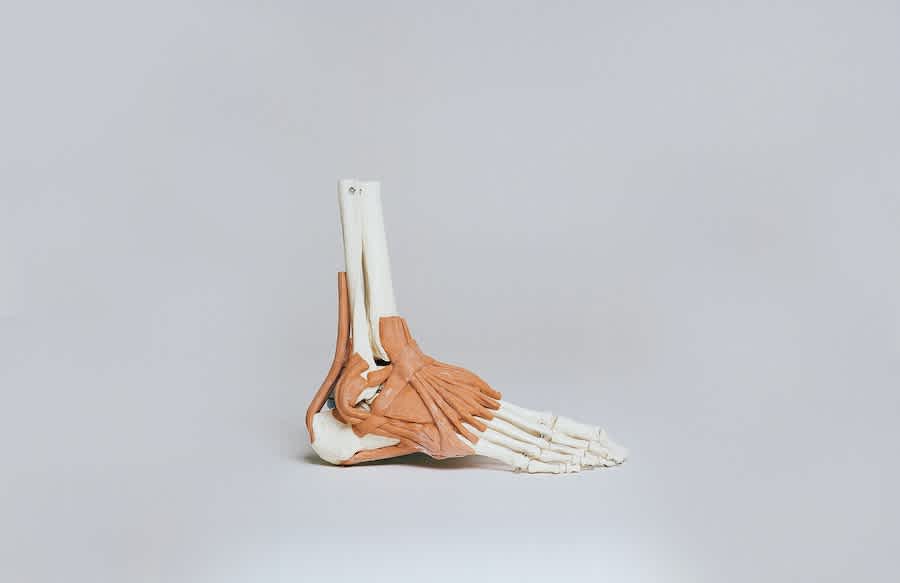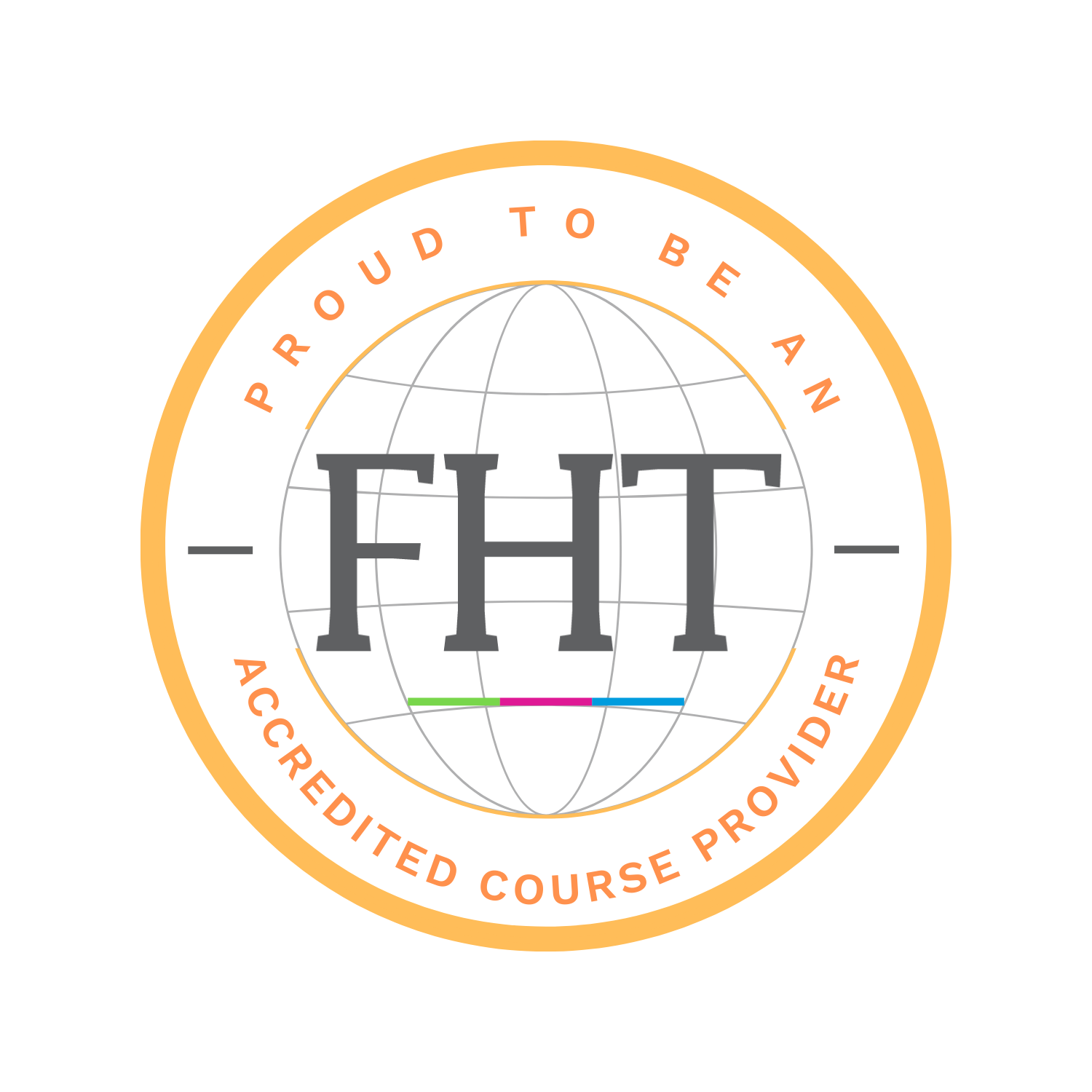Frequently asked questions
Podiatrists can use acupuncture and dry needling as part of their usual practice after completing our Medical Acupuncture & Dry Needling Foundation Course. Once successfully completed, we ensure that our foundation course delegates can use acupuncture and dry needling as part of their everyday practice safely, confidently and effectively.
It is becoming increasingly common for podiatrists to incorporate acupuncture and dry needling into their practice. While traditionally podiatrists primarily focused on the diagnosis and treatment of foot and lower limb conditions, many are recognising the benefits of these complementary therapies in managing pain and promoting healing. As a result, more podiatrists are undergoing training in acupuncture and dry needling, making it a growing trend within the profession.
The integration of acupuncture and dry needling allows podiatrists to provide a more comprehensive and holistic approach to patient care, especially for musculoskeletal issues and chronic foot and lower limb conditions. These techniques can be highly effective in addressing pain, muscle tension, and mobility issues, leading to improved patient outcomes.
Typically, our foundation level acupuncture and dry needling courses take podiatrists around one to two months to complete. The online component of our course can be completed in your own time, at your own pace, whilst the in-person workshop is conducted across three days.
Following the foundation course, podiatrists may decide to advance their training further through one of our online or in-person CPD training courses. Our popular Advanced Skills in Acupuncture Course comprises an online component, as well as a two day in-person training event.
The inclusion of acupuncture and dry needling in the practice of podiatry can offer several opportunities and benefits for podiatrists:
Enhanced Pain Management: Acupuncture and dry needling are effective techniques for pain management. Podiatrists can use these methods to alleviate pain in patients with various foot and lower limb conditions, such as plantar fasciitis, achilles tendonitis, or neuropathic pain.
Comprehensive Care: By incorporating acupuncture and dry needling into their practice, podiatrists can provide a more comprehensive and holistic approach to patient care. These therapies can complement traditional treatments, offering patients a wider range of options for managing their conditions.
Faster Recovery: Acupuncture and dry needling can expedite the healing process, making it possible for patients to recover more quickly from injuries or surgeries. This can lead to greater patient satisfaction and improved outcomes.
Expanded Services: Offering acupuncture and dry needling services can help podiatrists expand their range of services, making them more competitive and attractive to patients seeking alternative or complementary therapies.
Diversified Skillset: Learning and incorporating acupuncture and dry needling into their practice allows podiatrists to diversify their skillset and stay updated with the latest developments in the field.
Increased Patient Satisfaction: Patients who receive acupuncture and dry needling treatments often report high levels of satisfaction, as these techniques can provide rapid relief from pain and discomfort.
It is increasingly common for podiatrists to embrace acupuncture as an integral part of their practice. This evolving trend within the field of podiatry underscores the recognition of the need to offer patients a more diverse range of treatment options, particularly for pain management, enhanced mobility, and overall well-being.
This growing integration of acupuncture reflects the demand for a more comprehensive approach to podiatric care, addressing both physical discomfort and the emotional aspects of well-being. Acupuncture serves as a valuable complement to traditional podiatric techniques, offering targeted pain relief and muscle relaxation, ultimately contributing to improved patient comfort and satisfaction. Podiatrists are leveraging acupuncture to provide a distinct and holistic approach to patient care, ultimately leading to enhanced patient outcomes and overall well-being. This trend is aligned with the growing focus on offering a unique and multifaceted healthcare experience, addressing the diverse needs of podiatry patients.

